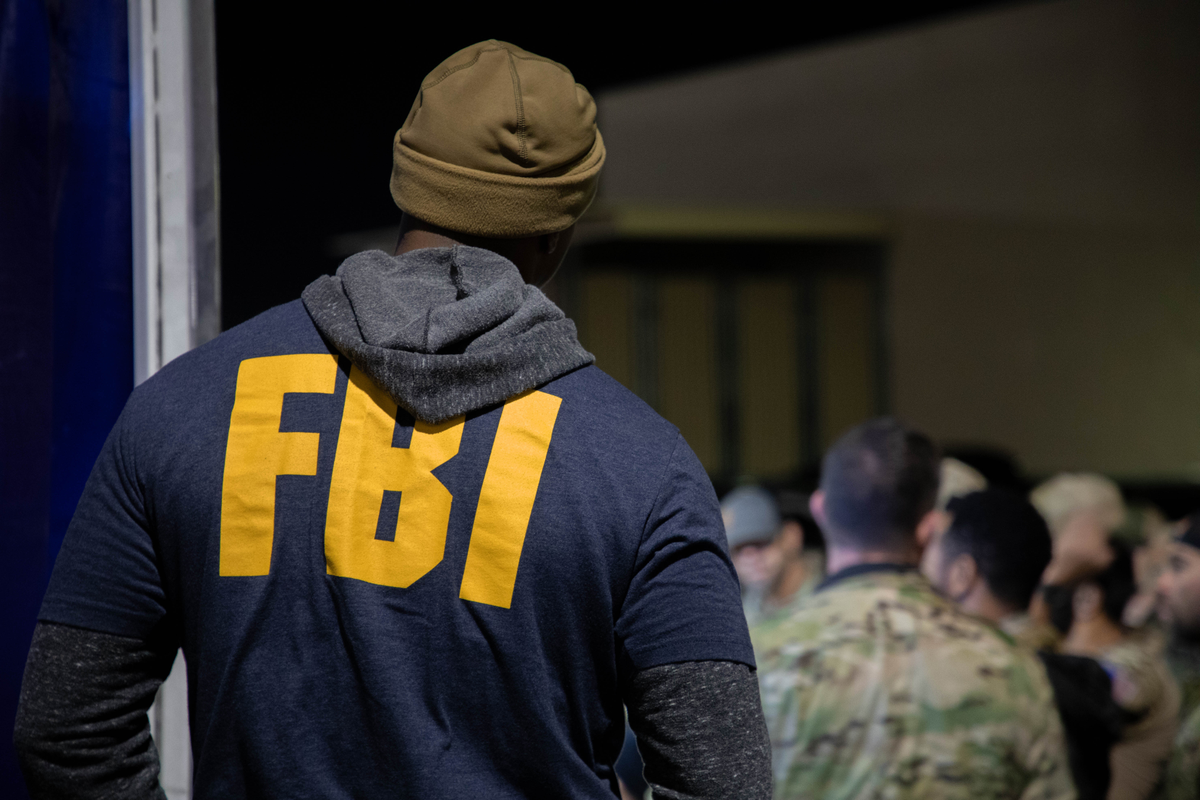
By Jim Popkin WIRED
The clatter of helicopter blades echoed across the jungles of northwestern Ecuador. Antinarcotics commandos in three choppers peered at the mangroves below, scanning for any sign of activity. The police had received a tip that a gang of Colombian drug smugglers had set up a clandestine work site here, in a dense swamp 5 miles south of Colombia’s border. And whatever the traffickers were building, the tipster had warned, was truly enormous.
For decades, Colombian drug runners have pursued their trade with diabolical ingenuity, staying a step ahead of authorities by coming up with one innovation after another. When false-paneled pickups and tractor-trailers began drawing suspicion at US checkpoints, the cartels and their Mexican partners built air-conditioned tunnels under the border. When border agents started rounding up too many human mules, one group of Colombian smugglers surgically implanted heroin into purebred puppies. But the drug runners’ most persistently effective method has also been one of the crudest—semisubmersible vessels that cruise or are towed just below the ocean’s surface and can hold a ton or more of cocaine.
Assembled in secret shipyards along the Pacific coast, they’ve been dubbed drug subs by the press, but they’re incapable of diving or maneuvering like real submarines. In fact, they’re often just cigarette boats encased in wood and fiberglass that are scuttled after a single mission. Yet despite their limitations, these semisubmersibles are notoriously difficult to track. US and Colombian officials estimate that the cartels have used them to ship hundreds of tons of cocaine from Colombia over the past five years alone.
But several years ago, intelligence agencies began hearing that the cartels had made a technological breakthrough: They were constructing some kind of supersub in the jungle.
To read full story click here.
OTHER STORIES OF INTEREST
- Justice Dept. Asks Supreme Court to Take GPS Tracking Case (Main Justice)
- Smoke Bomb Ends Hitler’s Birthday Celebration in Ill. (Chicago Tribune)
- Boehner Would Divert Justice Dept. Funds to Defend Marriage Act (Main Justice)
- Mo. Sheriff Faces Meth Charges (AP)
- Woman Who Falsely Accused Duke Lacrosse Players of Rape Faces Murder Charge (AP)
- Texas Sheriff’s Deputy Fatally Shot by Inmate at Courthouse (AP)
- Michigan Cop Fatally Shot (AP)




